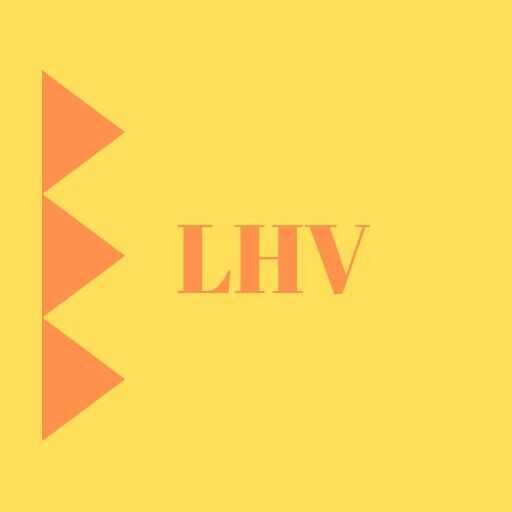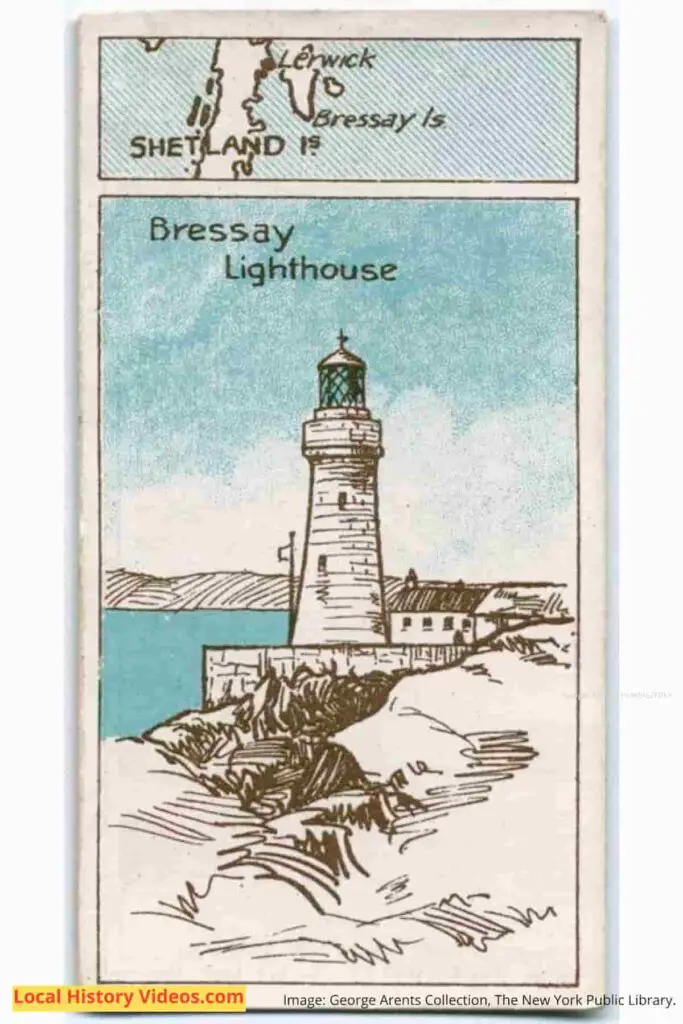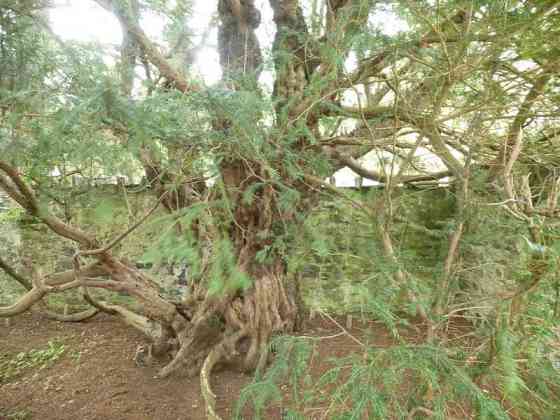Glimpse history through old images of Unst, one of the north Isles of the Shetland Islands in Scotland.
Old Photos of Unst
Enjoy a showcase of old photos of this island’s people and places in the past.
Old Photographs Of Unst Shetland Islands Scotland: Tourscotland (YouTube)
Old Description of Unst
The “Ordnance gazetteer of Scotland : a survey of Scottish topography, statistical, biographical and historical” by Francis Hindes Groome was a six volume work published in 1882.
It’s a culturally important work, written by the son of the Archdeacon of Suffolk. Dropping out of the University of Oxford and later marrying a Romani woman, Esmeralda Locke, Frances Hindes Groome (30 August 1851 – 24 January 1902) spent most of his fairly short life researching and documenting the Romani culture.
He died at the age of 50 in London, and was buried at Monk Soham in Suffolk, where he had been born.
A couple of pages in the book were dedicated to the Shetland isle of Unst.
Here’s an extract of Page 468:
Unst (anc. Onyst, Onist, and Ornist=örnen-myst, ‘eagle’s nest ‘), an island in the extreme N of Shetland, 43 furlongs E of the nearest point of Yell, 2 miles N of Fetlar, and 374 N by E of Lerwick, under which there is a post and telegraph office of Uyea Sound. Its utmost length, from N by E to S by W, is 121 miles ; its breadth, from E to W, varies between 22 and 51 miles; and its land area, inclusive of UYEA, HAAFGRUNIE, BALTA, and some smaller islets, is 46 3/4 square miles, or 29,856 acres. The coast, over much the larger part of its extent, is a constant alternation of headlands, and of indenting bays and creeks. The headlands, especially in the W and N, are precipitous, rocky, and high-the loftiest attaining a height of over 400 feet. The bays, on the contrary, are, for the most part, fringed with low, shelving, and sandy shores.
The chief are Barra Firth on the N, Nor Wiek, Harolds Wick, Balta Sound, and Sand Wick on the E, Uyea Sound on the S, and Lunda Wick on the W: but though most may often protect a vessel for a tide or two, none of them are safe harbours. Burra Firth and Nor Wick have a picturesgue aspect, and are environed with much good land. Balta Sound on the E, and Uyea Sound on the S, are so covered by isles of their own name, and screened by projecting headlands at their entrances, as to afford good shelter to shipping. The tides on the coast flow nearly southward, and ebb north-ward, but are often flung from their direction, and whirled into eddies, by the projections and recesses of the coast; they run at spring, with a velocity of 6 miles an hour; and off Lamba Ness, the NE extremity of the island, they form a tumbling and spouting sen, inferior in its dangers only to that of Sumburgh Roost, and so impetuous and heaving, even in calm weather, as to prove dangerous to fishermen. Of numerous eaves upon the coasts, one at Sha displays a roof supported by natural octagonal pillars; several in Burra Firth have the sea for their pavement, and run backward under the hills; one at the bill of Saxa-Vord, 300 feet long and of considerable height, is entered by a grand natural arch; and one a little E of the last resembles it in character, but is inferior to it in magnificence.
The surface of Unst, compared with that of the other Shetland Islands, is reckoned level; yet it has several extensive and moderately high hills. Valla Field, extending from the N end of the island to within 14 mile of its S end, and attaining a maximum altitude of 703 feet, runs along the western const, presenting a powerful rampart against the tremendous onsets of the Atlantic, yet often washed over its summit and down to the skirts of its interior declivities by clouds of foam and spray. Saxa- Vord, 934 feet high, and the loftiest ground on the island, rises boldly up from the sea, in the centre of the N coast, and forms a landmark to mariners within a range of 14 leagues. Crossfield, at right angles with Valla Field, but rising apart from it, extends nearly across the middle of the island, and terminates on the E coast in two conical peaks. Vordhill extends 3 1/2
Page 469:
miles along the E coast S of Crossfield. Several other heights occur, but are inconsiderable in magnitude. The loftier hills are covered, to the depth of some feet, by such moss as forms good fuel ; and the lower heights, once similarly covered, but now denuded of their moss, frequently show the bare rock, yet largely possess a green dry sward which yields excellent pasturage. A valley, immediately E of Valla Field, extends the whole length of the island, and has, from end to end, a chain of fresh-water lakes— the largest of which, the Loch of Cliff, is 2| miles long, and of pleasant appearance. Much of the soil of the island is excellent, and, in spite of bad husbandry, produces good crops. About 2000 acres are arable, and nearly an equal number of acres are excellent meadow and grass-lands, which might easily be brought into tillage. Five-sixths of the whole area are in commonage ; and might, to a considerable extent, be improved. Gneiss, serpentine, chlorite, slate, and diallage are the principal rocks of the island ; and talcose and micaceous schists, primitive limestone, quartz, and hornblende also occur. Amianthus, asbestos, hydrate of magnesia, and chromate of iron, are the most noticeable minerals. The last occurs in considerable quantity, and is an object of much commercial value, on account of its yielding a fine yellow pigment, used in the dyeing of silk, wool, linen, and cotton. Limestone is quarried and burnt as a manure. Fishing here, as throughout Shetland, forms the prime employment of the inhabitants. Shetland hosiery forms the staple of manufacture. A chain of the Scandinavian towers, called brochs and Picts’ houses, extends round the island ; stone circles and barrows are numerous ; and on one of the cones of Crossfield were held the great courts of Shetland, previous to their removal to the vale of Tingwall. Though Unst has, from time immemorial, formed only one charge, the island is naturally divided into three districts, which are known as the North, Middle, and South parishes. Ruins or vestiges exist of upwards of 20 pre-Reformation places of worship ; and three of these were, during part of last century, occupied, in regular rotation, as parish churches, whilst six are still surrounded by graveyards. The Rev. James Ingram, D.D. (1776-1879), discharged parochial duty in Unst, first as Established and then as Free Church minister, from 1821 till within a few years of his death. Biot’s and Eater’s experiments at Buness have been noticed in our article on Shetland. Two proprietors hold each an annual value of more than £500 (one owning nearly one-half of the entire island), and 4 of between £100 and £500. The parish of Unst, comprising the island of Unst and the above-named islands, is in the presbytery of Burravoe and the synod of Shetland ; the living is worth £309. The church, near the head of Balta Sound, is a neat edifice, built in 1827 at a cost of £2000, and containing 1224 sittings. There are also two Free churches and a Wesleyan Methodist chapel ; and five public schools — Balta Sound, Burra Firth, Harolds Wick, Uvea Sound, and Westing — with respective accommodation for 100, 50, 102, 70, and 73 children, had (1884) an average attendance of 55, 33, 28, 27, and 28, and grants of £62, 5s. 6d., £41, 2s., £35, 6s., £35, 7s., and £30, 9s. 4d. Valuation of parish (I860) £2677, (1884) £4173, 4s. 6d. Pop. of parish (1801) 2259, (1831) 2909, (1861) 3060, (1871) 2780, (1881) 2181, of whom 2173 were in Unst island.



